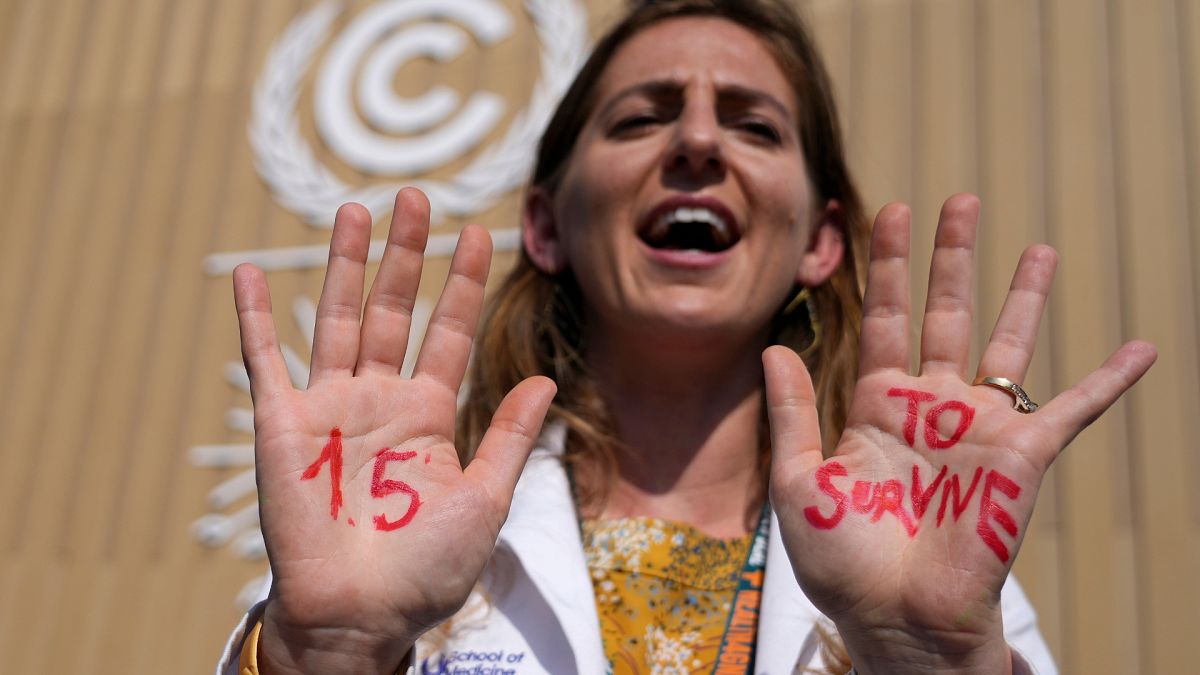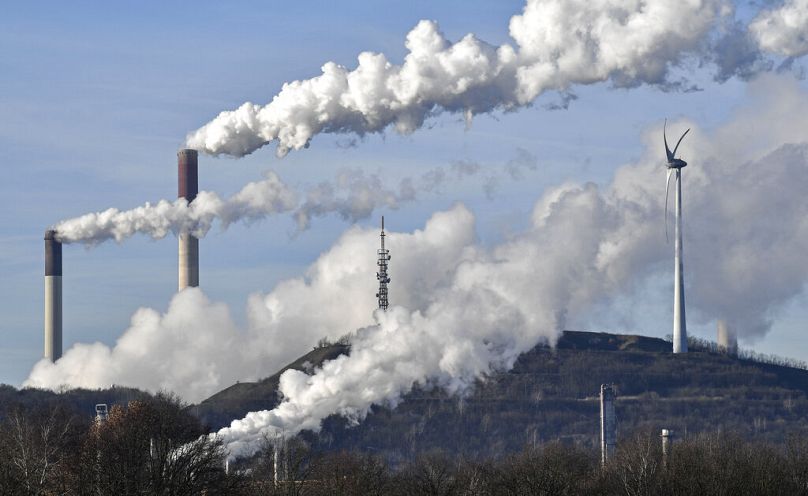Beyond this internationally agreed temperature limit, the risk of climate catastrophes increases.
The window to avoid 1.5°C of global warming will close before 2030 if emissions aren't reduced, according to a new study.
In a little more than five years – sometime in early 2029 – the world will likely be unable to stay below the internationally agreed temperature limit for global warming if it continues to burn fossil fuels at its current rate.
The study moves the date when the world will eventually hit this critical climate threshold three years closer.
Chance of climate catastrophe moves closer
Beyond 1.5°C of warming, the risk of catastrophe increases.
The world will likely lose most of its coral reefs, a key ice sheet could kick into irreversible melt, and water shortages, heat waves and death from extreme weather dramatically increase, according to an earlier United Nations scientific report.
Hitting that threshold will happen sooner than initially calculated because the world has made progress in cleaning up a different type of air pollution - tiny smoky particles called aerosols. Aerosols slightly cool the planet and mask the effects of burning coal, oil and natural gas, the study's lead author said.
Put another way, while cleaning up aerosol pollution is a good thing, that success means slightly faster rises in temperatures.
The study in Monday's journal Nature Climate Change calculates what's referred to as the remaining "carbon budget". This is how much fossil fuels the world can burn and still have a 50 per cent chance of limiting warming to 1.5°C since pre-industrial times - the threshold set by the 2015 Paris Agreement.
The last 10 years are already on average 1.14°C hotter than the 19th century. Last year was 1.26°C warmer and this year is likely to blow past that, according to scientists.
The new study sets the carbon budget at 250 billion metric tonnes. The world is burning a little more than 40 billion metric tonnes a year (and still rising), leaving just six years in the carbon budget if we continue at our current rate.
But that six years started in January 2023, the study says, so that's now only five years and a couple of months away.
What is the world's carbon budget?
"It's not that the fight against climate change will be lost after six years," said study lead author Robin Lamboll, a climate scientist from the Imperial College of London.
"But I think probably if we're not already on a strong downward trajectory, it'll be too late to fight for that 1.5 degree limit."
A 2021 United Nations Intergovernmental Panel on Climate Change (IPCC) report, which gave a budget of 500 billion metric tonnes, pointed to a mid-2032 date for locking in 1.5 degrees, Lamboll said.
An update by many IPCC authors this June came up with a carbon budget the same as Lamboll's team. Lamboll's analysis is more detailed, however, said IPCC report co-chair and climate scientist Valerie Masson-Delmotte.
The biggest change from the 2021 report to this year's studies is that new research shows bigger reductions in aerosol emissions.
These emissions come from wildfires, sea salt spray, volcanoes and burning fossil fuels. They lead to sooty air that somewhat cools the planet, covering up the bigger greenhouse gas effect.
As the world cleans up its carbon-emitting emissions it is simultaneously reducing these cooling aerosols too and the study takes that more into account, as do changes to computer simulations, Lamboll said.
What will happen once the world's carbon budget runs out?
Even though the carbon budget looks to run out early in the year 2029, that doesn't mean the world will instantly hit 1.5 degrees warmer than pre-industrial times.
The actual temperature change could happen a bit earlier or as much as a decade or two later, but it will happen once the budget runs out, Lamboll said.
People should not misinterpret running out of the budget for 1.5 degrees as the only time left to stop global warming, the authors said. Their study said the carbon budget with a 50 per cent chance to keep warming below 2°C is 1220 billion metric tonnes, which is about 30 years.
"We don't want this to be interpreted as six years to save the planet," study co-author Christopher Smith, a University of Leeds climate scientist, said.
"If we are able to limit warming to 1.6 degrees or 1.65 degrees or 1.7 degrees, that's a lot better than 2 degrees. We still need to fight for every tenth of a degree."
Climate scientist Bill Hare of Climate Action Tracker which monitors national efforts to reduce carbon emissions, said "breaching the 1.5 degree limit does not push the world over a cliff at that point, but it is very much an inflection point in increasing risk of catastrophic changes."
Is limiting global warming to 1.5°C still achievable?
As they head into climate negotiations at COP28 in Dubai next month, world leaders still say "the 1.5-degree limit is achievable."
Lamboll said limiting warming to 1.5 degrees is technically possible, but politically is challenging and unlikely.
"We have got to the stage where the 1.5°C carbon budget is so small that it's almost losing meaning," said climate scientist Glen Peters of the Norwegian CICERO climate institute, who wasn't part of the research.
"If your face is about to slam in the wall at 100 miles per hour, it is sort of irrelevant if your nose is currently 1 millimetre or 2 millimetres from the wall. ... We are still heading in the wrong direction at 100 mph."
People "shouldn't worry - they should act," said climate scientist Piers Forster of the University of Leeds, who wasn't part of Lamboll's team. Acting as fast as possible "can halve the rate of warming this decade."





